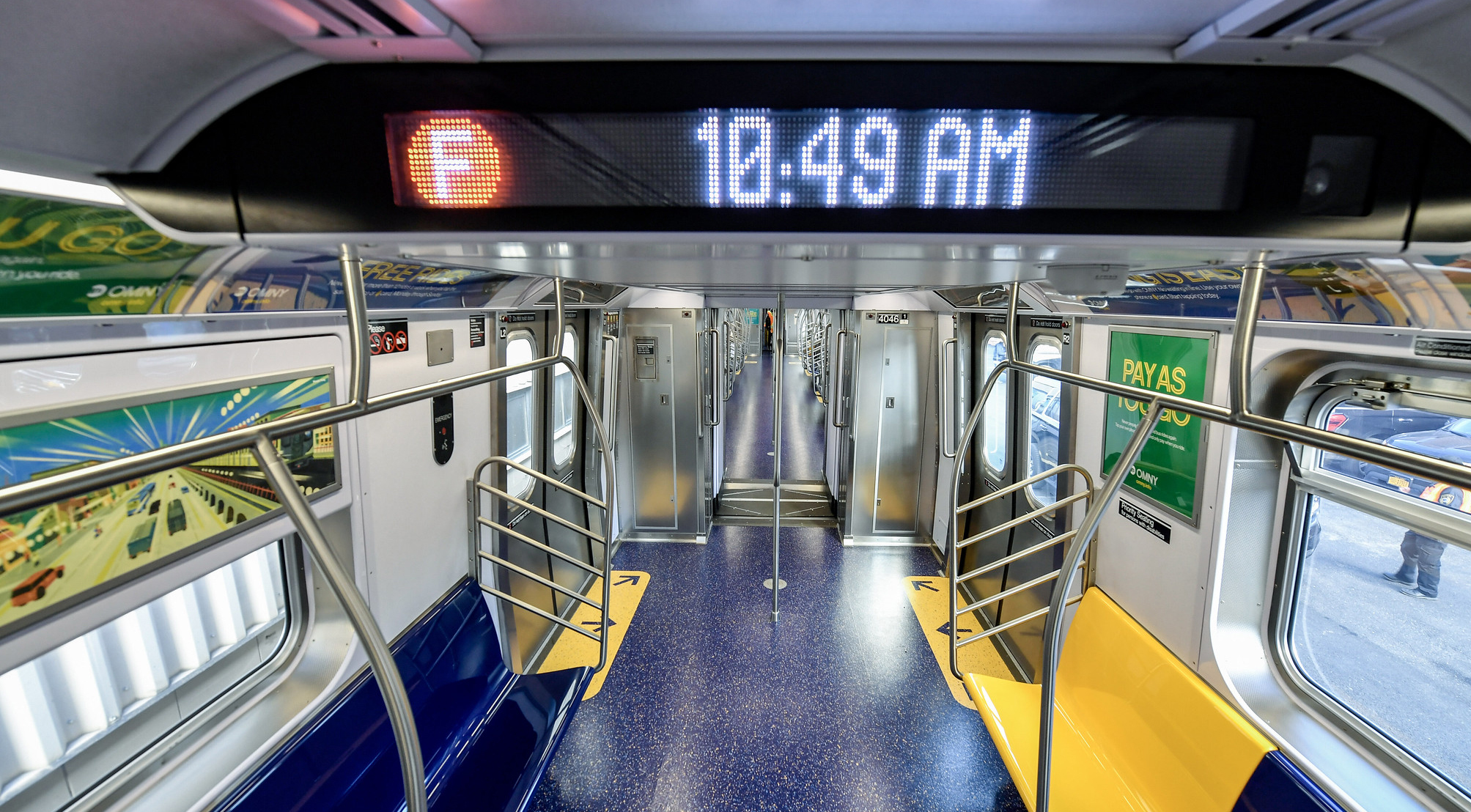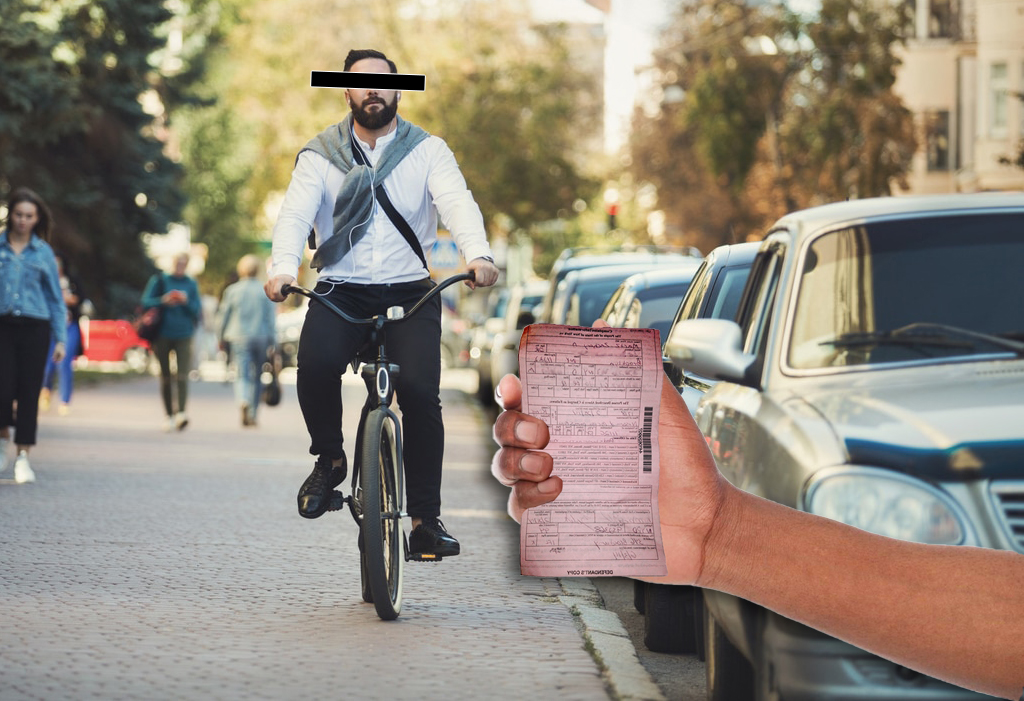Congratulations, America. We're biking to work more than ever before.
We’ve known for a while that Americans are driving less than they used to, even as the economy grows. And just about every quarter, the American Public Transportation Association delivers more stats about increasing transit ridership. Now the Census brings another measure of Americans’ shifting transportation habits: Bicycle commuting grew 9 percent last year, bringing it to a historic high.
Now, compared to countries with better bike infrastructure, America's rate of bike commuting is still puny. But the Census shows it's heading in the right direction: Almost 865,000 people, or 0.61 percent of the commuting public, reported biking as their primary method of getting to work in the 2012 American Community Survey. That's not much mode-share, but it's still a 9 percent jump over 2011, when 0.56 percent of commuters reported biking to work. While the three years before that didn't show much growth at all, bike commuting has grown 61 percent since 2000. (A few caveats about the Census as a measurement of overall cycling: It only counts commuting, not other trips, and people who bike to work less than half the time don't get counted either.)
The bicycling gender gap seems to be narrowing as well. Ken McLeod of the League of American Bicyclists took a look at women bike commuters, noting that their numbers have risen almost 59 percent since 2006:
What's more, the ACS data shows that the growth in bike commuting by women is outpacing that of men. Between 2011 and 2012, the growth in bike commuting by women was 10.9 percent, compared to 8.4 percent for men.
The growth in bicycling isn't happening in a vacuum. Safe infrastructure for bicycling is becoming a priority in cities across the country. Cities like New York, Chicago, and Washington, DC, are competing to add the most bike lanes. Smaller cities like Indianapolis and Memphis are also building bike routes at an impressive rate. Last year alone, the number of protected bike lanes in the United States rose from 62 to 102. Meanwhile, the rapid growth of bike-share is reducing barriers to cycling in several cities. Any wagers on how much bike commuting will increase in next year's Census?
While bike commuting is on the rise, the simple walk to work is losing ground. Almost four million people walked to work last year -- 2.8 percent of all commuters. That’s a 28 percent drop in mode share since 1990, when nearly 4.5 million people commuted on foot. The percentage of people walking continues to drop -- about 1.5 percent even since 2009. Nearly half the people who walk to work report that the trip takes less than 10 minutes. A hardy 163,000 people walk more than 35 minutes to get to work.
Transit commuting has yet to climb back to 1990 levels, when 5.12 percent of workers rode public transportation. After years in the 4 percent range, transit mode share cracked 5 percent in 2008 and has teetered around that number ever since -- a little bit up one year, a little bit down the next. Battered by the economic downturn, many transit agencies have had to cut service or raise fares at a time when more people are looking to save on transportation costs.
Solo driving still accounts for a monstrous 76 percent share of the commuting public. And while the percentage of people driving alone is down ever so slightly from the past two years, it’s been on a long-term climb, up 4 percent since 1990. Those rising numbers have taken the biggest bite out of carpooling, which has gone from a 13.4 percent mode share in 1990 to a 9.7 percent share last year.
But a closer look reveals that young people are leaning in a different direction. Tony Dutzik of the Frontier Group, which has co-written with U.S. PIRG the groundbreaking reports on changing transportation preferences, notes that the share of 20- to 24-year-old workers who car-commute has declined by 2.2 percent over the last six years.
“Those young adults have significantly increased their use of public transportation and ‘other means’ of getting to work (which includes bicycling, walking, taxis and motorcycles),” Dutzik writes. “Car commuting is less important for everyone under 55 years of age, public transportation is more important for everyone under 45 years of age (with only small, likely insignificant declines among older Americans), and everyone except folks in the oldest age group is working more from home… Generational shift, anyone?”







